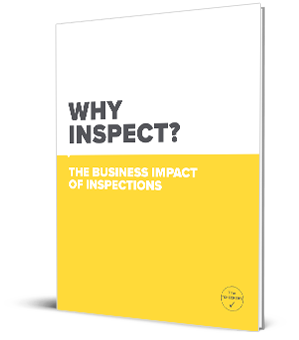Toolbox talks are a crucial part of any workplace's safety program, serving as a platform for discussing safety issues, sharing information, and reinforcing the importance of working safely. Many organizations aim to conduct toolbox talks daily, which are more than 250 sessions annually. This begs the question: how can you develop enough relevant topics to cover a different safety issue daily? Let’s explore strategies to find the best toolbox talk subjects to keep your safety discussions engaging and informative.
Consider Your Work Environment
The first step in determining suitable toolbox talk subjects is to evaluate the kind of work you are doing. Different industries and job roles come with distinct safety concerns. If you work in construction, your talks might revolve around fall protection, heavy machinery safety, and scaffolding. On the other hand, an office setting may focus on ergonomics, fire safety, and workplace stress.
Location Matters
Where you work can also significantly impact the topics you should cover in toolbox talks. For example, if you work in a manufacturing facility, you may need to address issues related to machine safety and handling hazardous materials. In contrast, a restaurant might focus on kitchen safety, food handling, and slip and fall prevention.
Assess Your Tools and Equipment
The tools and equipment you use daily play a crucial role in shaping your toolbox talk subjects. Regularly inspect and maintain equipment to identify potential safety issues. Discussing proper usage, maintenance, and safety precautions for your tools is an excellent way to enhance workplace safety.
Examine Substances and Materials
Identify the substances and materials involved in your work. Chemical handling, storage, and disposal are crucial safety topics in many industries. Understanding the potential risks of specific substances and materials will help you create relevant toolbox talks.
Identify Hazards and Controls
Every workplace has its unique hazards and controls. Conduct a hazard analysis to pinpoint potential risks and discuss the safety measures in place to mitigate these risks. This will help employees understand how to work safely and avoid accidents.
Prioritize Risks
Not all safety issues are created equal. Prioritize the risks in your workplace by considering their severity and likelihood. Focus on addressing high-risk topics in your toolbox talks to ensure that your safety efforts have the most significant impact.
Stay Informed About Regulations
Understanding the legislation and regulations that apply to your industry is essential. Toolbox talks can serve as a platform to educate employees about compliance requirements and promote adherence to safety standards.
Learn from Incidents
Accident and near-miss records are valuable sources of information. Analyze these records to identify recurring issues or trends. Use this data to create toolbox talks that directly address common safety concerns.
Employee Input Matters
Your workforce is an invaluable resource for identifying relevant toolbox talk subjects. Ask employees what safety topics they are interested in and what they would like to learn more about. This helps you tailor your talks to their needs and engages them in the safety process.
In conclusion, finding the best toolbox talk subjects involves comprehensively assessing your work environment, equipment, materials, and regulations. Prioritizing high-risk areas and involving employees in the topic-selection process will lead to more effective and engaging toolbox talks. Remember, the goal is to create a safety culture, and these discussions are vital in achieving that goal.
If you need help with content for your talks, The Checker's SafeWork Guides are for you. Visit www.thechecker.net/safeworkguides to access a wealth of safety resources to enhance your toolbox talk program. Stay safe, and keep those safety conversations going!










